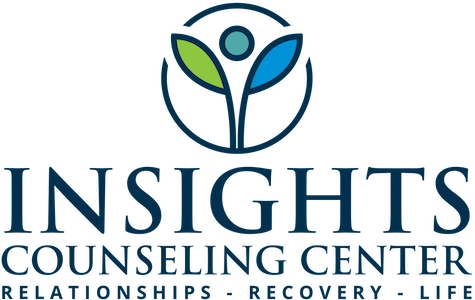Understanding Emotional Flooding: The Importance of Taking a Break
Life has a way of presenting us with difficult circumstances and conversations that challenge our emotional balance. When confronted with these situations, it's all too easy to become overwhelmed and emotionally flooded, making finding solutions or resolving conflicts even more daunting. Today we'll be discussing emotional flooding, how it impacts our lives, and the importance of taking a break before engaging in challenging conversations.
What is Emotional Flooding?
Emotional flooding, sometimes referred to as "flooding," is a term used to describe when an individual becomes overwhelmed with strong emotions during a conversation or situation. As a result, they may struggle to think clearly and respond in a rational, constructive manner. It's important to recognize that emotional flooding is a natural human response to stress and, in some cases, an essential aspect of survival. However, emotional flooding often hinders our ability to communicate effectively, and it can lead to the deterioration of relationships and emotional well-being.
Emotional flooding is intrinsically linked to our fight or flight response, which is the body's automatic reaction to perceived threats or stressors. During emotional flooding, our brain releases stress hormones, such as adrenaline and cortisol, to prepare for a fight-or-flight reaction. This hormonal release can impact our ability to think rationally, exacerbating emotional overload, and may result in unhelpful and potentially damaging behaviors.
The Effects of Emotional Flooding on Conversations
When we are emotionally flooded, our capacity to engage in productive conversations is significantly diminished. This can lead to a variety of negative consequences, such as:
Impaired communication: Emotional flooding may cause us to struggle with expressing our feelings and needs clearly. This can result in misunderstandings, misinterpreting the intentions of others, or even withdrawing entirely from the conversation.
Escalation of conflicts: When emotions are running high, a conversation can quickly escalate from a simple disagreement to an intense argument. Emotional flooding can inhibit our capacity to empathize, compromise, and consider alternative perspectives, ultimately deepening the conflict.
Damage to relationships: Repeated incidents of emotional flooding during conversations can strain relationships and create emotional distance between individuals. Not addressing the root causes and patterns of emotional flooding may lead to the erosion of trust and intimacy within relationships.
Taking a Break: Allowing the Fight or Flight Response to Pass
Recognizing the signs of emotional flooding and intervening with self-care strategies is essential for preserving emotional well-being and maintaining open lines of communication. One of the most effective ways to manage emotional flooding is by taking a break before engaging in challenging conversations.
When we allow ourselves to take a break in the midst of an emotionally charged situation, we are giving our nervous system the time it needs to disengage from the fight or flight response. This pause can help our body and mind to regain a sense of balance, which supports clearer thinking and more effective communication. The following are three essential steps to practice taking a break:
Recognize the signs: Familiarize yourself with the physical and emotional symptoms of emotional flooding, such as rapid heartbeat, shallow breathing, and feelings of panic or extreme anger. By knowing the cues, you'll be able to identify when you're approaching your emotional threshold.
Communicate your needs: Express your need for a break to those around you. It is helpful to let your conversation partner know that you're struggling and need a temporary pause to regroup. This not only allows them to have a better understanding of your experience but may also encourage them to engage in self-care practices.
Take a break and practice self-regulation techniques: Find a quiet space to help calm your heightened emotions. Engage in self-regulation techniques, such as deep breathing, mindfulness, or progressive muscle relaxation. Once you feel more balanced and grounded, return to the conversation with a renewed sense of clarity and purpose.
Emotional flooding can be a significant barrier to effective communication and conflict resolution. However, by recognizing the signs of emotional flooding and practicing the art of taking a break, we can empower ourselves to navigate difficult conversations with greater resilience and grace. As you develop these skills, remember that acknowledging your emotions and setting healthy boundaries is not a sign of weakness; rather, it is an essential element of emotional well-being.
At Insights Counseling Center, we understand that life's challenges can often feel overwhelming. Our compassionate therapists are here to provide guidance, support, and skills to help you navigate difficult emotions and conversations. Don't hesitate to take the first step on your journey towards growth and healing. Our neurofeedback QEEG maps have a portion that shows if emotional flooding is likely.

